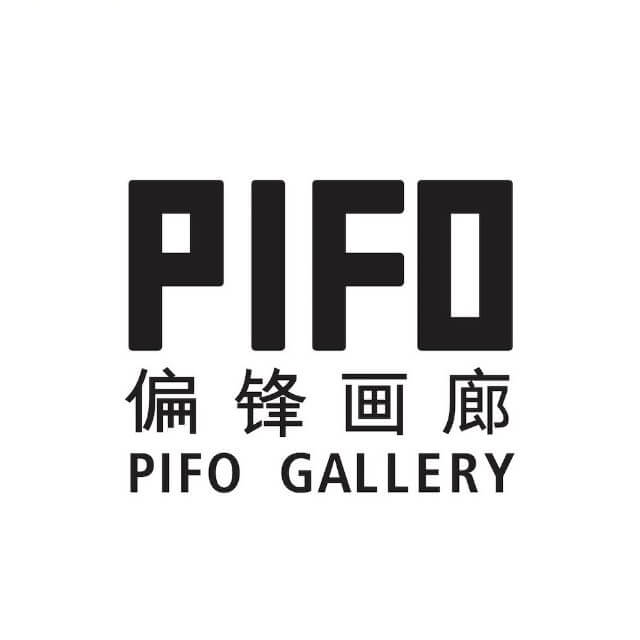The Artist’s Studio/World, Painting / Writing
By Bao Dong
Trans. by He Xiao
Ni Jun’s painting presents two seemingly different dimensions. On the one hand, he paints flowers, birds, fish, insects, and fruits — like an intellectual, a cultural figure retreating into one’s own space, shutting out worldly affairs, or a painter who only dabbles in his own leisurely moods. In this regard, Ni Jun seems to be an unfastidious hedonist who does not discriminate between the sumptuous and the refined in his daily life; everything and anything immediately appears in his paintings. A cracked-open watermelon, a salmon sliced in half, casually piled seafood and fruit—he depicts such pleasures with a brisk and unrestrained brush, especially in his recent works, where he draws goldfish in aquariums. The thin washes of paint and swift strokes are imbued with the spirit and vitality of traditional Chinese literati painting, while also carrying the impressionistic quality of generalization and directness.
Yet Ni Jun is not confined to such minor sentiments. He cannot suppress the other side of himself that embraces the world: he paints distant figures and events—from Napoleon to Rachmaninoff, from Abbado to Kafka, from art to politics. In these figurative works, his brush becomes more solemn; when facing history, people inevitably are depicted with more rigor. Unlike realist history paintings that portray specific events or scenes, Ni Jun’s historical works employ a method of pictorial collage. They are not about re-enacting history but are closer to poetry and prose. Or rather, they resemble commentaries about history steeped in a strong personal opinion, which are expansive yet concise, suggestive but restrained.
These history-themed paintings are also in large dimensions, seemingly to proportionally match the breadth of history, while also evident of the artist’s recent move to a large studio in the suburbs. In fact, artists always have two studios: one is the physical space, where the scale of the studio often determines the artworks’ dimensions, which also influences the work’s subject matter. Early on, when Ni Jun painted medium and small works in his apartment, they were mostly still-life, the most common “studio subjects.” Now, in a spacious studio, facing the vast stretch of blank canvases, he naturally turns to more “grandiose" themes. The artist's second studio is a solitary place where one confronts one’s inner world, encompassing art, culture, politics, and ultimately, history. For Ni Jun, even painting still-life in the studio, his historical sentiments inevitably spill over. His canvases branch into unexpected directions, and within the painter, a writer emerges.




